Installing hot and cold water lines below a kitchen sink may seem like a daunting task, but with the right tools and knowledge, it can be a straightforward process. The first step is to gather all the necessary materials, including a hot and cold water supply line, shut-off valves, and a basin wrench. Once you have everything you need, follow these steps to successfully install hot and cold water lines below your kitchen sink: 1. Turn off the main water supply: Before beginning any plumbing work, it is crucial to turn off the main water supply to your home. This will prevent any water from flowing while you install the new lines. 2. Attach the shut-off valves: Using a basin wrench, attach the shut-off valves to the existing water supply lines. These valves will allow you to turn off the water supply to the sink without disrupting the water flow to the rest of the house. 3. Connect the supply lines: Using a compression fitting, connect the hot and cold water supply lines to the shut-off valves. Make sure to tighten all connections securely to prevent any leaks. 4. Install the faucet: Place the faucet onto the sink and secure it using a mounting nut or plate. Make sure to follow the manufacturer's instructions for your specific faucet model. 5. Connect the supply lines to the faucet: Using a basin wrench, connect the hot and cold water supply lines to the corresponding holes on the faucet. Again, make sure to tighten the connections securely. 6. Turn on the water supply: Slowly turn on the main water supply and check for any leaks. If there are no leaks, you have successfully installed hot and cold water lines below your kitchen sink. It is important to note that if you are not confident in your plumbing skills, it is always best to hire a professional to install the hot and cold water lines for you. This will ensure that the job is done correctly and prevent any potential issues in the future.1. How to Install Hot and Cold Water Lines Below a Kitchen Sink
While installing hot and cold water lines below a kitchen sink is a relatively straightforward process, there are some common issues that may arise. Here are some troubleshooting tips for these common problems: Leaking connections: If you notice any leaks around the connections of your hot and cold water lines, first try tightening the connections with a wrench. If the leak persists, you may need to replace the compression fittings or add some plumber's tape to the threads to create a better seal. Low water pressure: If you are experiencing low water pressure from your kitchen sink faucet, it could be due to a clogged aerator. Remove the aerator and clean out any debris or buildup. If this does not solve the issue, you may need to check the shut-off valves and supply lines for any blockages. No hot water: If you have installed a new hot water line but are not getting any hot water from the faucet, check the shut-off valve to make sure it is fully open. If the valve is open, you may need to flush out the hot water line to remove any air pockets that may be blocking the flow of hot water. Water hammering: Water hammering occurs when the water flow is suddenly stopped, causing a loud banging noise. This can be prevented by installing water hammer arrestors on the hot and cold water lines, which absorb the shock of the sudden water flow. It is important to address any issues with your hot and cold water lines as soon as possible to prevent further damage or potential safety hazards. If you are unsure of how to troubleshoot or fix any problems, it is always best to consult a professional plumber.2. Troubleshooting Common Issues with Hot and Cold Water Lines Below Kitchen Sink
Proper maintenance of your hot and cold water lines below the kitchen sink is essential to ensure their longevity and prevent any potential issues. Here are some tips for maintaining your hot and cold water lines: Regularly check for leaks: It is important to regularly check for any leaks or drips from your hot and cold water lines. Catching and fixing leaks early can prevent more significant issues and save you money on your water bill. Insulate your pipes: Insulating your hot and cold water lines can help prevent them from freezing during colder months. This is especially important if your kitchen is located in an unheated area, such as a basement or garage. Use caution when using drain cleaners: Harsh chemicals found in drain cleaners can damage your hot and cold water lines if they come into contact with them. It is best to avoid using these cleaners and opt for natural methods of unclogging drains, such as using a plunger or a mixture of baking soda and vinegar. Check for corrosion: Over time, the metal pipes in your hot and cold water lines can become corroded. Regularly check for any signs of corrosion, such as discoloration or rust, and replace any damaged pipes as soon as possible. By following these simple maintenance tips, you can ensure that your hot and cold water lines below your kitchen sink are in good condition and functioning properly.3. Tips for Maintaining Hot and Cold Water Lines Below Kitchen Sink
When it comes to hot and cold water lines for kitchen sinks, there are a few different options to choose from. Here are the most common types of hot and cold water lines and their features: Copper: Copper pipes are the most commonly used material for hot and cold water lines. They are durable, long-lasting, and resistant to corrosion. However, they can be more expensive and require specialized tools for installation. PEX: PEX pipes are made of cross-linked polyethylene and are a popular alternative to copper pipes. They are less expensive, flexible, and easier to install. However, they are not as durable as copper and may not be suitable for hot water lines in certain areas. CPVC: CPVC pipes are made of chlorinated polyvinyl chloride and are ideal for hot and cold water lines in areas with high water pressure. They are also resistant to corrosion and less expensive than copper pipes. However, they are not as durable as copper and may not be suitable for outdoor use. Before choosing the type of hot and cold water lines for your kitchen sink, it is essential to consider your budget, water pressure, and location to determine which material will work best for your needs.4. Understanding the Different Types of Hot and Cold Water Lines for Kitchen Sinks
If your hot and cold water lines are old or damaged, it may be necessary to replace them. Here is a step-by-step guide for replacing hot and cold water lines below your kitchen sink: 1. Turn off the main water supply: Before beginning any work, turn off the main water supply to your home to prevent any water from flowing. 2. Remove the old lines: Using a basin wrench, remove the old hot and cold water lines from the shut-off valves and faucet, if necessary. 3. Measure and cut the new lines: Measure the length of the new hot and cold water lines and cut them to the appropriate length using a pipe cutter or hacksaw. 4. Attach the shut-off valves: Using a compression fitting, attach the shut-off valves to the existing water supply lines. 5. Connect the new lines: Using a compression fitting, connect the new hot and cold water lines to the shut-off valves and the faucet. 6. Turn on the water supply: Slowly turn on the main water supply and check for any leaks. If there are no leaks, you have successfully replaced the hot and cold water lines below your kitchen sink. It is always best to consult a professional plumber if you are unsure of how to replace hot and cold water lines or encounter any difficulties during the process.5. Step-by-Step Guide for Replacing Hot and Cold Water Lines Below Kitchen Sink
While installing hot and cold water lines may seem like a simple task, there are some common mistakes that can lead to significant issues down the line. Here are some mistakes to avoid when installing hot and cold water lines below a kitchen sink: Not turning off the main water supply: It is crucial to turn off the main water supply before beginning any plumbing work. Failing to do so can result in water damage and potential safety hazards. Using incorrect materials: Make sure to use the appropriate materials for your hot and cold water lines. Using the wrong materials can lead to leaks, corrosion, and other issues. Not tightening connections properly: It is essential to tighten all connections securely to prevent any leaks. Use a wrench to ensure all connections are tight enough. Not insulating the pipes: Failing to insulate your hot and cold water lines can lead to frozen pipes and potential bursts during colder months. By avoiding these common mistakes, you can ensure that your hot and cold water lines are installed correctly and function properly.6. Common Mistakes to Avoid When Installing Hot and Cold Water Lines Below Kitchen Sink
Insulating hot and cold water lines below a kitchen sink is an essential step to prevent them from freezing during colder months. Here is a simple guide for properly insulating your hot and cold water lines: 1. Measure the pipes: Measure the length and width of the hot and cold water lines below your kitchen sink to determine the amount of insulation you will need. 2. Cut the insulation: Using a utility knife, cut the insulation to the appropriate length and width to fit around the pipes. 3. Wrap the insulation: Wrap the insulation around the hot and cold water pipes, making sure to cover all areas evenly. 4. Secure with tape: Use HVAC tape or duct tape to secure the insulation in place and prevent any gaps. 5. Repeat for all pipes: Repeat this process for all hot and cold water lines under your kitchen sink, including any exposed pipes in unheated areas. Properly insulating your hot and cold water lines will not only prevent them from freezing but also help save on energy costs by keeping the water in the pipes warmer for longer.7. How to Properly Insulate Hot and Cold Water Lines Below Kitchen Sink
When it comes to choosing the right materials for hot and cold water lines below a kitchen sink, it is essential to consider factors such as budget, water pressure, and location. Here are some tips for choosing the right materials for your hot and cold water lines: Budget: If you are on a tight budget, PEX or CPVC pipes may be a more affordable option compared to copper pipes. Water pressure: If you have high water pressure in your home, CPVC pipes may be a better choice as they are more resistant to pressure than PEX or copper pipes. Location: If your kitchen is located in a colder area, it may be best to use copper pipes as they are more durable and less prone to freezing than PEX or CPVC pipes. It is crucial to weigh these factors and consult a professional plumber to determine the best materials for your hot and cold water lines below the kitchen sink.8. Choosing the Right Materials for Hot and Cold Water Lines Below Kitchen Sink
Hot and cold water lines are built to last for many years, but like any other system in your home, they may eventually need to be replaced. Here are some signs that your hot and cold water lines below the kitchen sink may need to be replaced: Leaks: If you notice any leaks around the connections or pipes of your hot and cold water lines, it may be time to replace them before they cause significant damage. Corrosion: Over time, metal pipes can become corroded, leading to discoloration, rust, and potential leaks. If you notice any signs of corrosion on your hot and cold water lines, it is best to replace them to prevent further damage. Low water pressure: If you are experiencing low water pressure from your kitchen sink faucet, it could be due to a blockage or damage in your hot and cold water lines. In this case, it may be necessary to replace the lines to restore proper water flow. Old age: If your hot and cold water lines are over 20 years old, it may be time to consider replacing them as they may be more prone to leaks and other issues. By paying attention to these signs, you can address any potential issues with your hot and cold water lines before they become a major problem.9. Signs that Your Hot and Cold Water Lines Below Kitchen Sink Need to be Replaced
Properly installed hot and cold water lines below a kitchen sink are crucial for the overall functionality and safety of your plumbing system. Here are some reasons why it is essential to have your hot and cold water lines installed correctly:10. Understanding the Importance of Properly Installed Hot and Cold Water Lines Below Kitchen Sink
The Importance of Proper Hot and Cold Water Lines Below Your Kitchen Sink

Efficient Water Flow for Kitchen Tasks
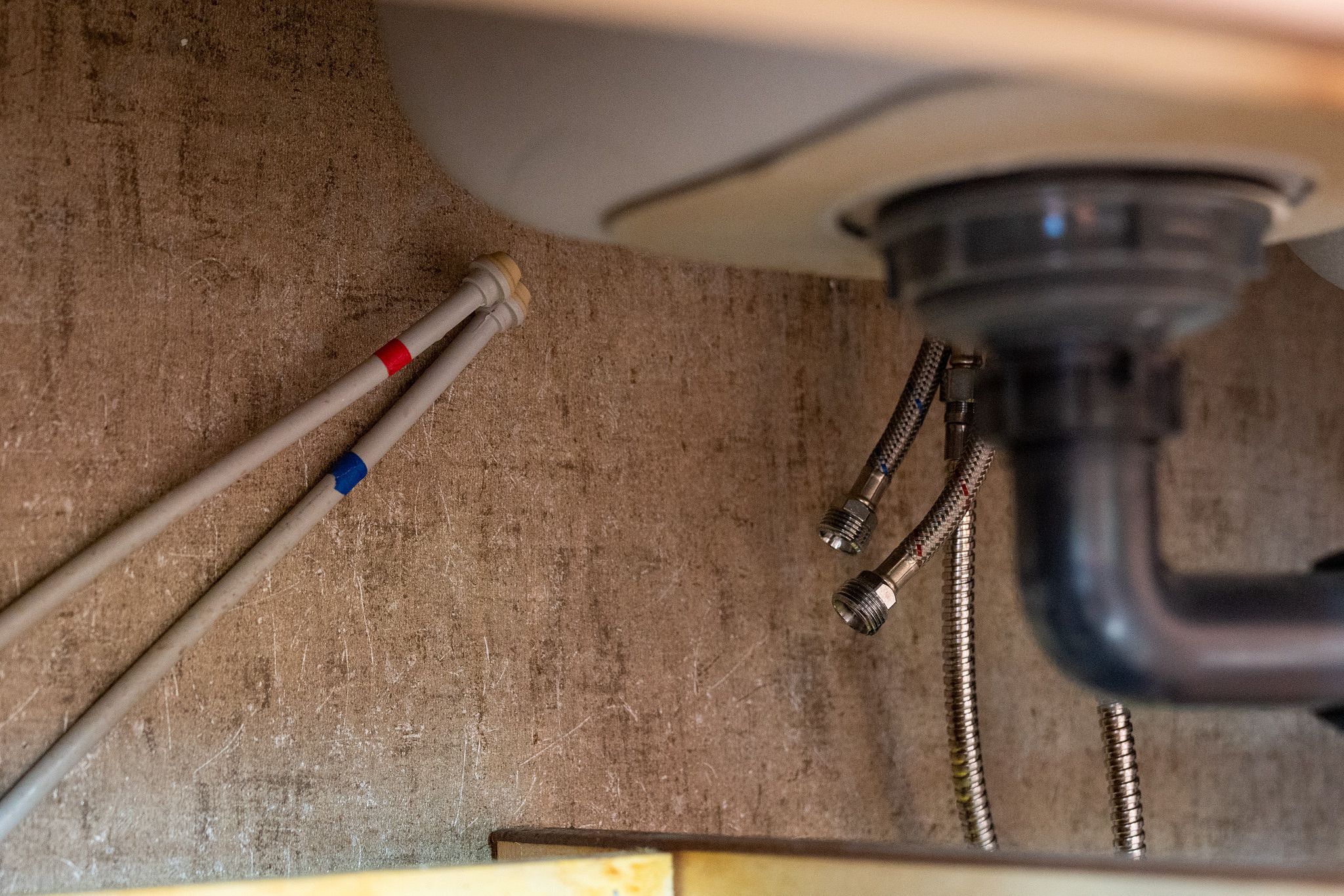 When it comes to designing a functional kitchen, one of the most important aspects to consider is the
hot and cold water lines
below the sink. These
water lines
play a crucial role in providing the necessary water supply for various tasks such as washing dishes, preparing food, and cleaning. Without properly installed
hot and cold water lines
, these everyday tasks can become a frustrating and time-consuming ordeal.
When it comes to designing a functional kitchen, one of the most important aspects to consider is the
hot and cold water lines
below the sink. These
water lines
play a crucial role in providing the necessary water supply for various tasks such as washing dishes, preparing food, and cleaning. Without properly installed
hot and cold water lines
, these everyday tasks can become a frustrating and time-consuming ordeal.
Preventing Damage and Costly Repairs
Ensuring Safety and Health
 Properly installed
hot and cold water lines
also play a crucial role in ensuring the safety and health of your household. Inadequate
water lines
can lead to contamination of the water supply, posing a risk to your family's health. It is important to hire a professional plumber who can ensure that the
water lines
are installed correctly and meet all safety standards.
Properly installed
hot and cold water lines
also play a crucial role in ensuring the safety and health of your household. Inadequate
water lines
can lead to contamination of the water supply, posing a risk to your family's health. It is important to hire a professional plumber who can ensure that the
water lines
are installed correctly and meet all safety standards.
Choosing the Right Materials for Your Water Lines
 When it comes to
hot and cold water lines
, choosing the right materials is essential. Depending on your budget and personal preferences, you can opt for materials such as copper, PEX, or PVC pipes. Each material has its own benefits and drawbacks, so it is important to consult with a professional plumber to determine the best option for your specific needs.
When it comes to
hot and cold water lines
, choosing the right materials is essential. Depending on your budget and personal preferences, you can opt for materials such as copper, PEX, or PVC pipes. Each material has its own benefits and drawbacks, so it is important to consult with a professional plumber to determine the best option for your specific needs.
Regular Maintenance and Inspections
 To ensure that your
hot and cold water lines
continue to function efficiently, it is important to schedule regular maintenance and inspections. This can help identify any potential issues and address them before they become major problems. With proper maintenance, you can prolong the lifespan of your
water lines
and avoid any unexpected and costly repairs in the future.
In conclusion, the
hot and cold water lines
below your kitchen sink play a crucial role in ensuring a functional and safe kitchen. It is important to invest in proper installation, maintenance, and inspections to avoid any potential problems and ensure efficient water flow for your everyday tasks. Remember to consult with a professional plumber and choose the right materials for your
water lines
to ensure the best results.
To ensure that your
hot and cold water lines
continue to function efficiently, it is important to schedule regular maintenance and inspections. This can help identify any potential issues and address them before they become major problems. With proper maintenance, you can prolong the lifespan of your
water lines
and avoid any unexpected and costly repairs in the future.
In conclusion, the
hot and cold water lines
below your kitchen sink play a crucial role in ensuring a functional and safe kitchen. It is important to invest in proper installation, maintenance, and inspections to avoid any potential problems and ensure efficient water flow for your everyday tasks. Remember to consult with a professional plumber and choose the right materials for your
water lines
to ensure the best results.

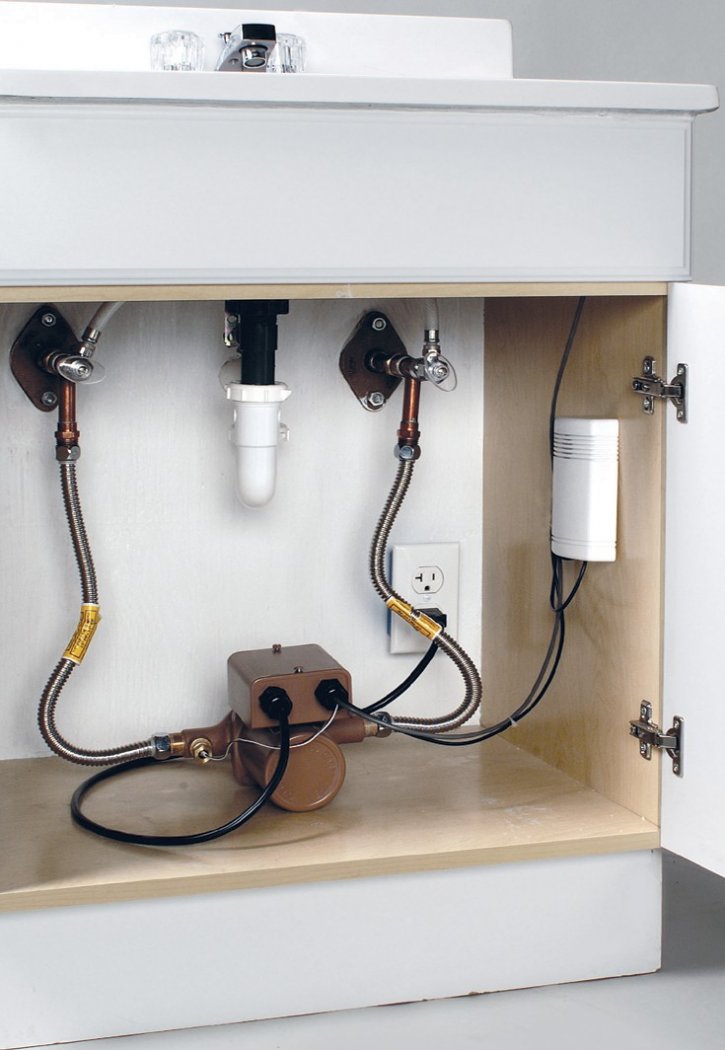



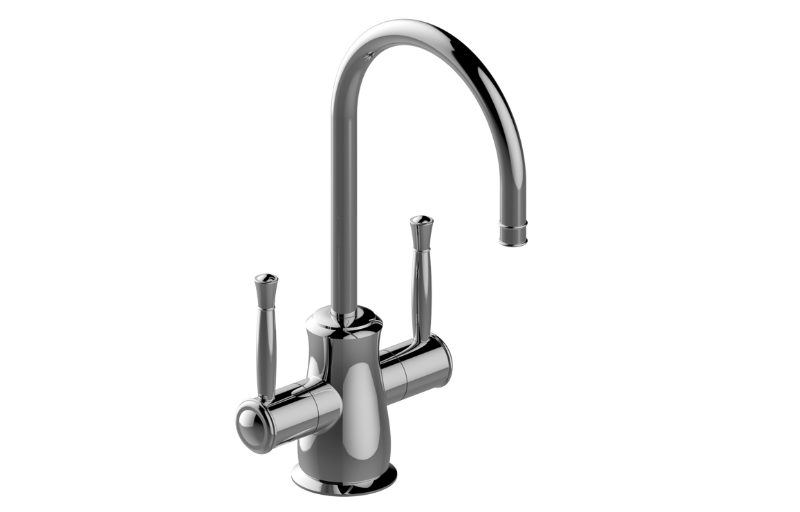
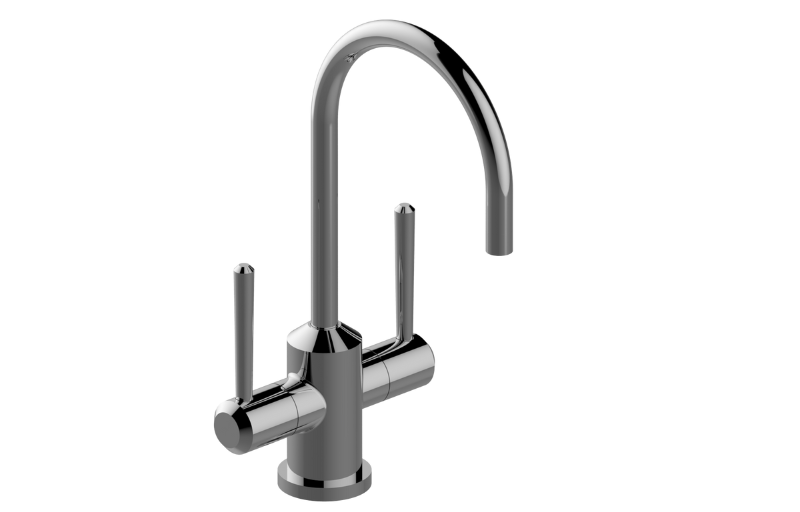





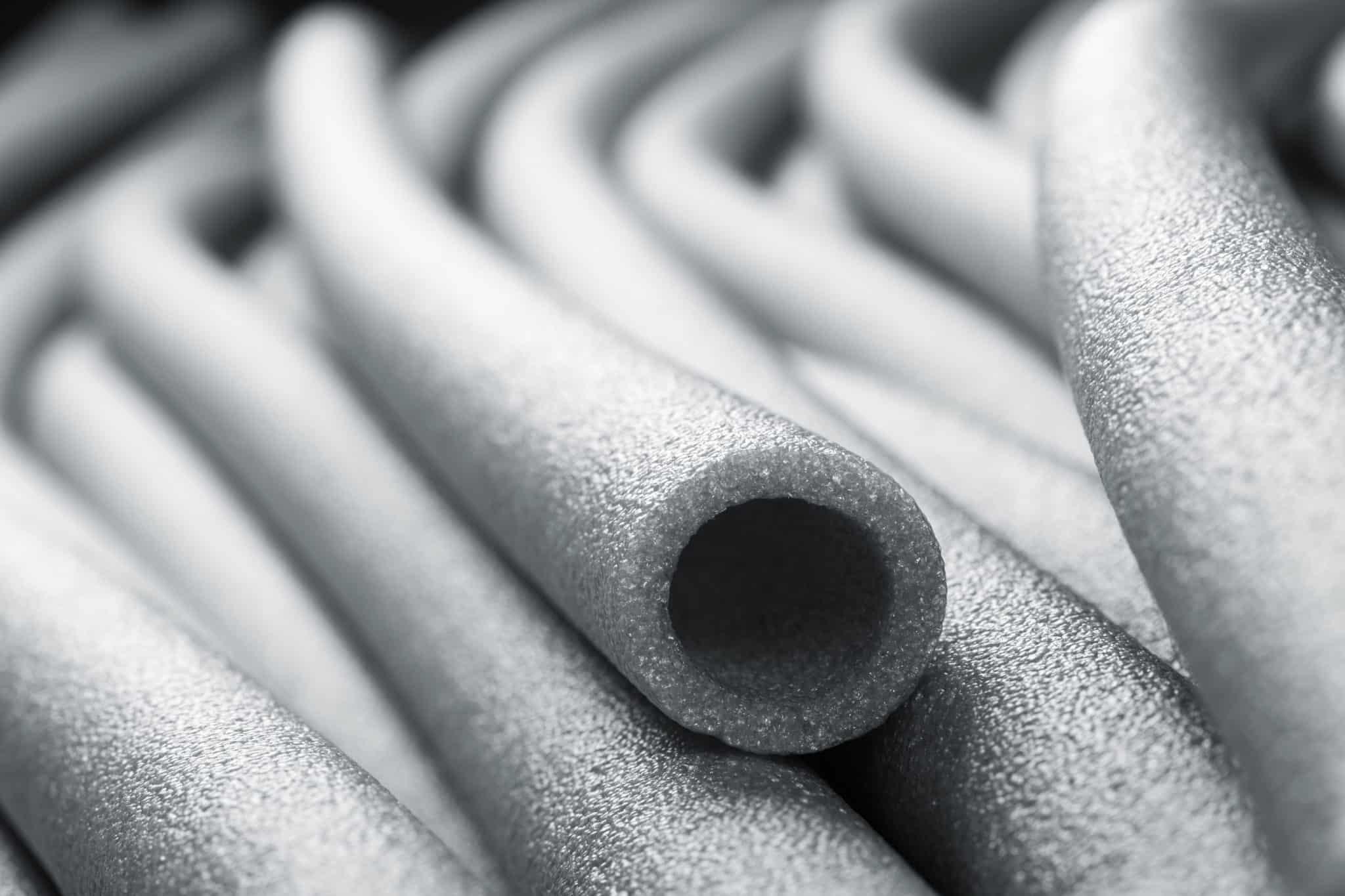








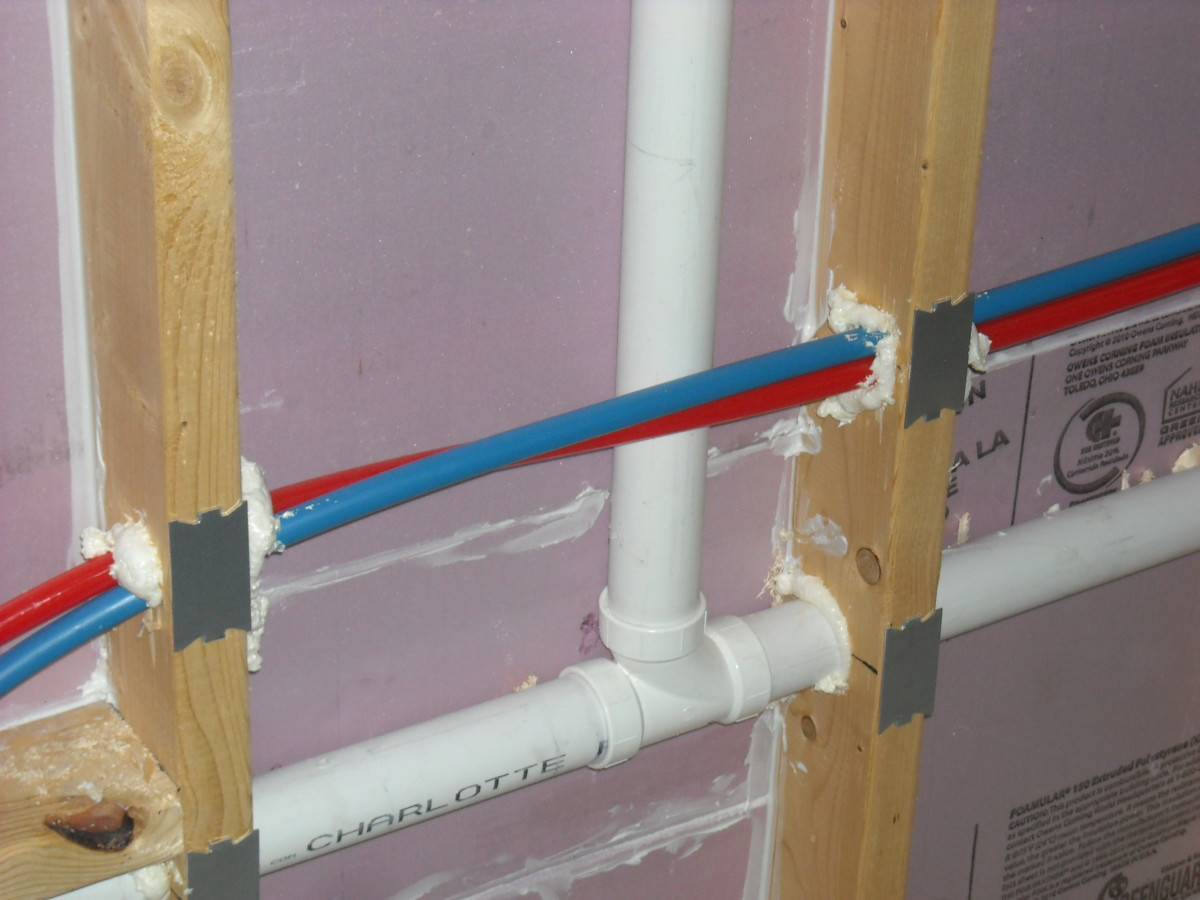






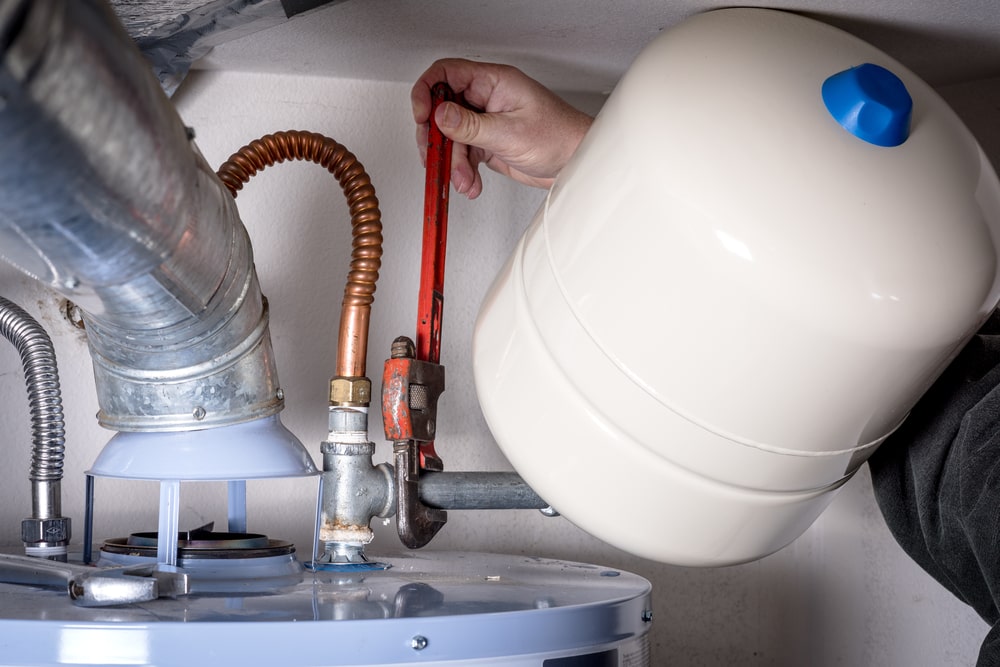





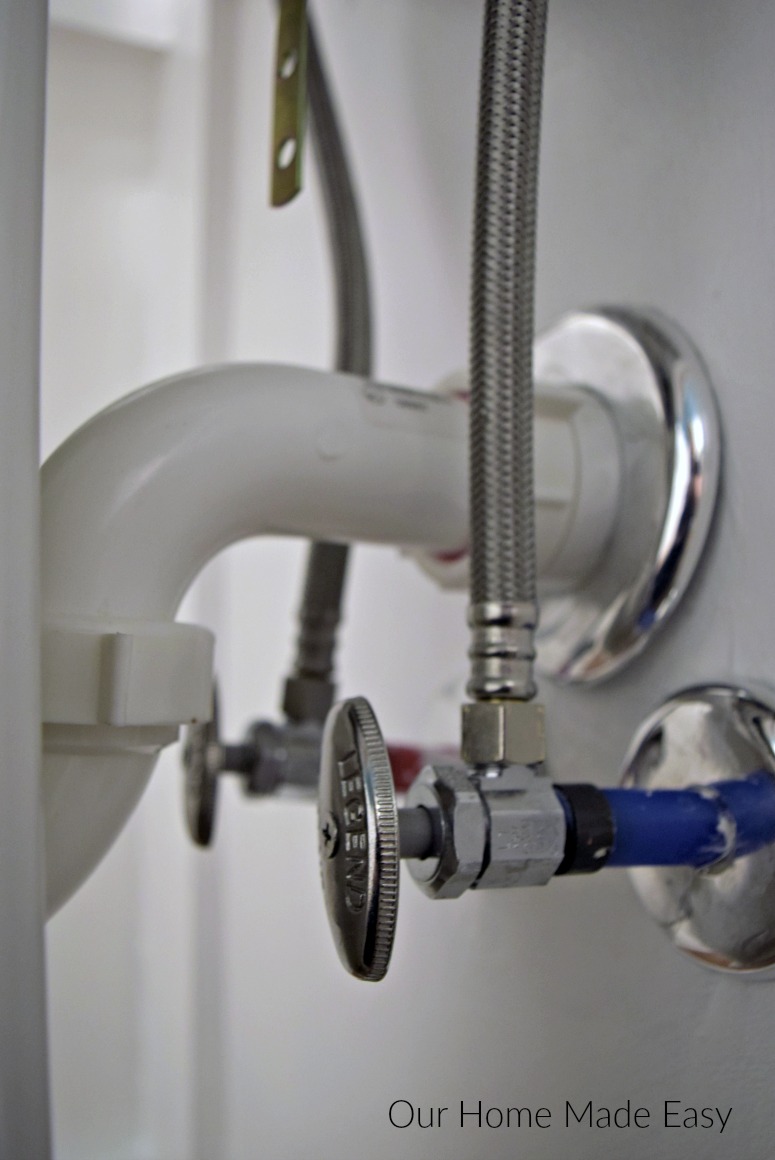



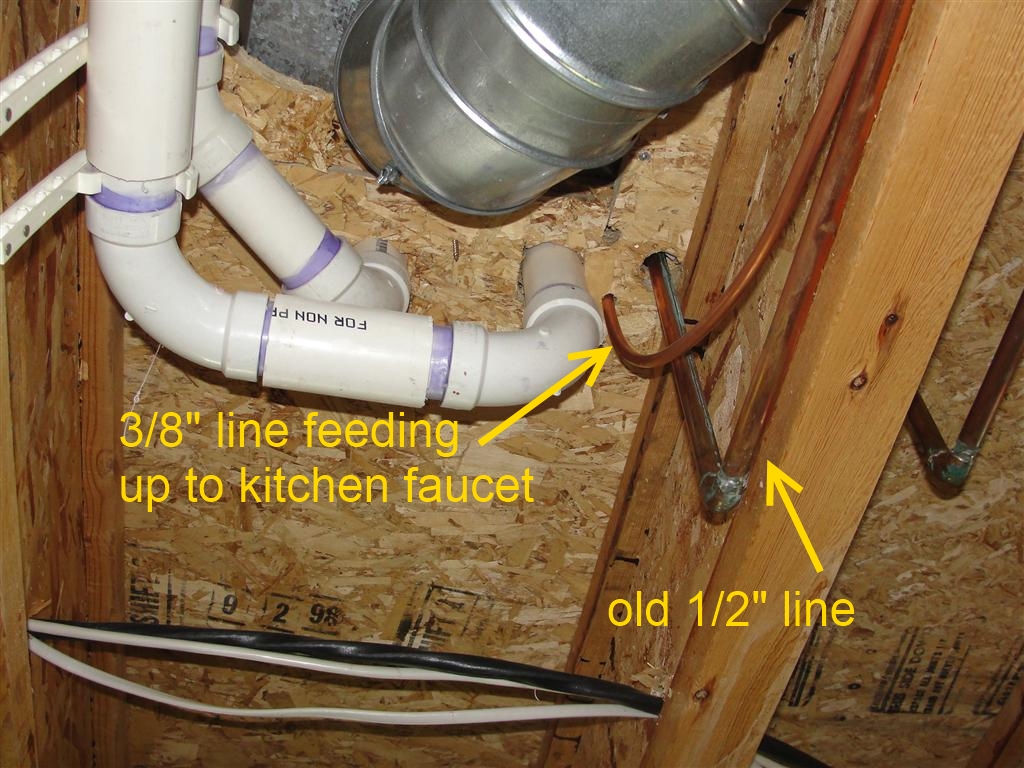







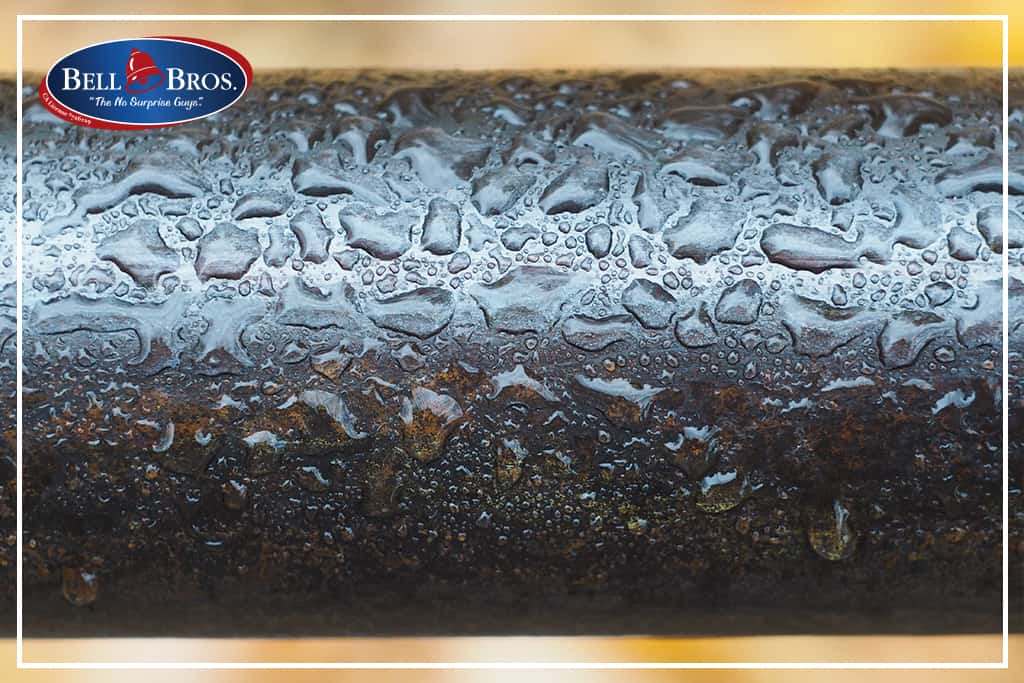




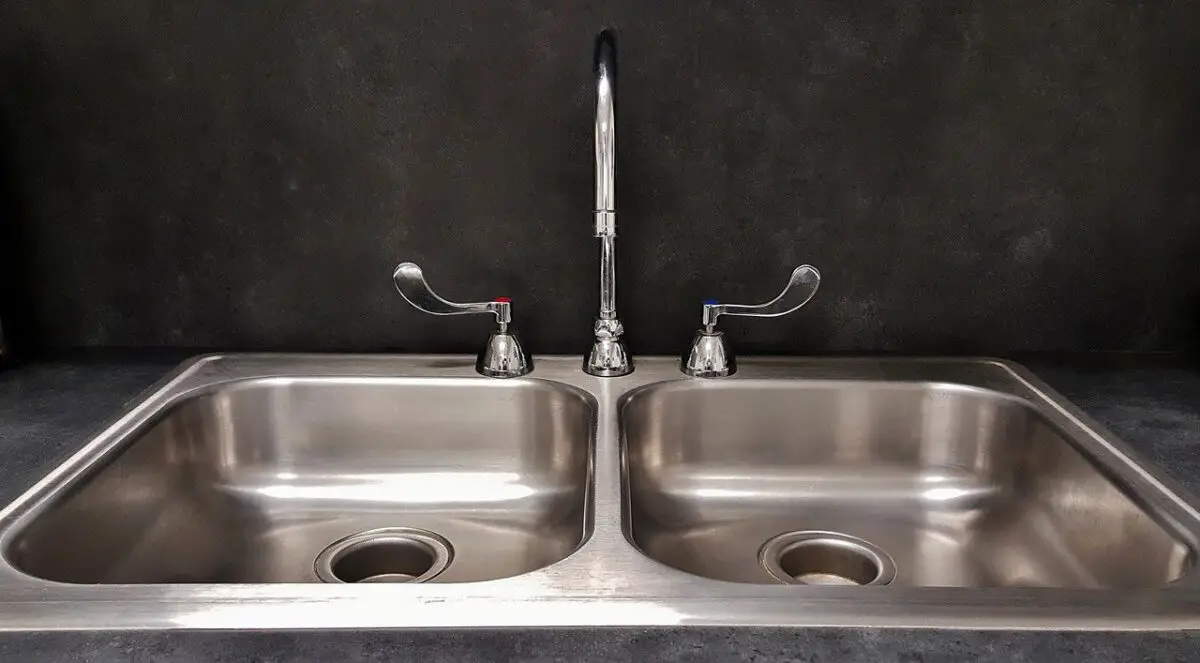





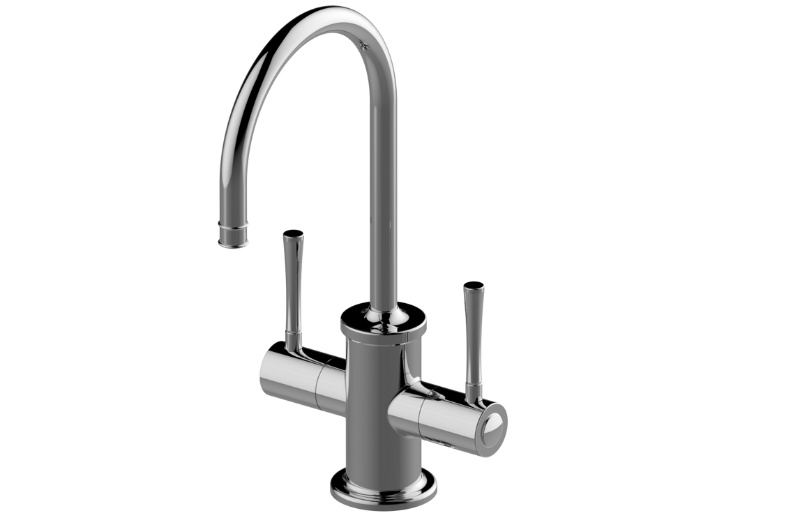

/GettyImages-961081592-46911e11b3364297b48617d6cb2c7b55.jpg)




